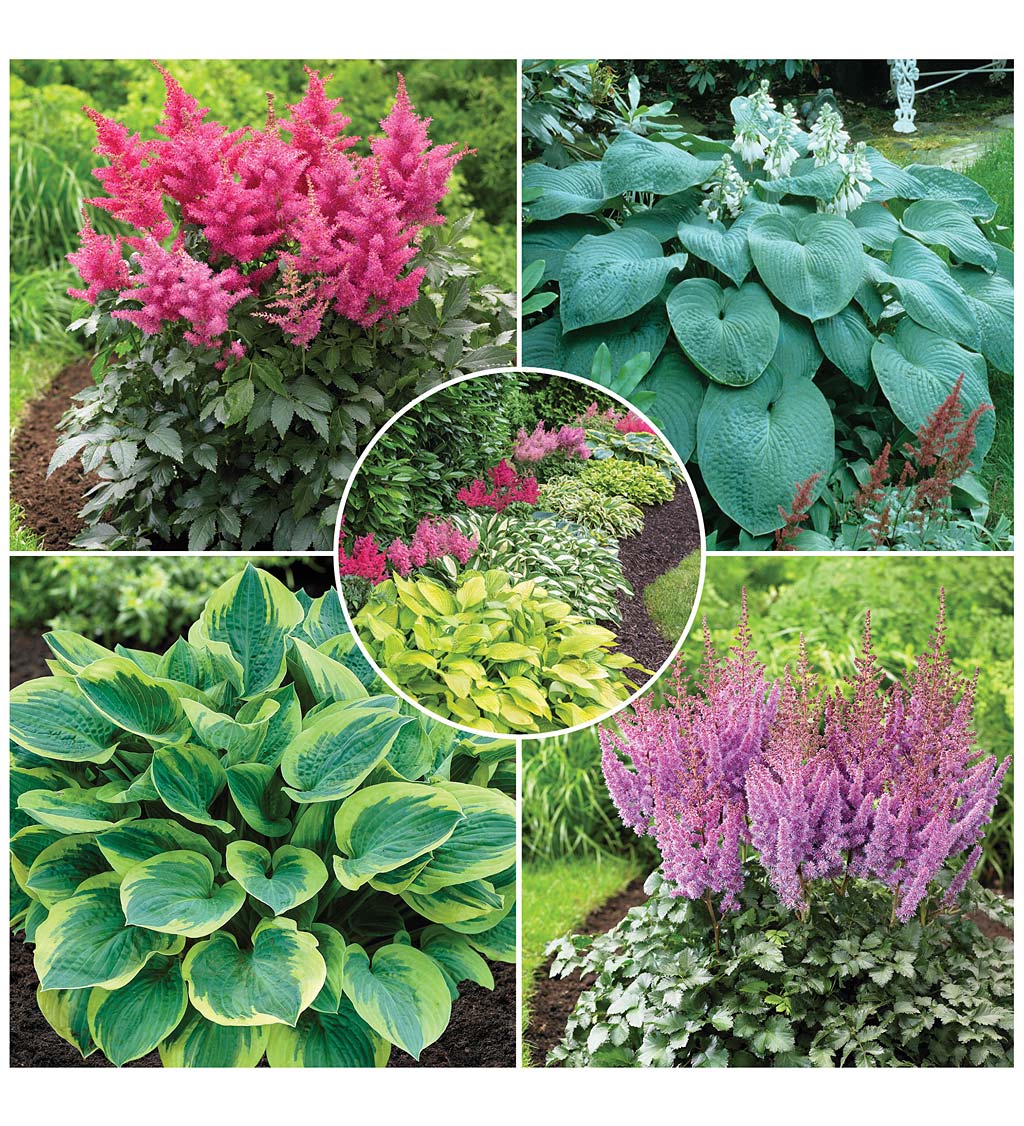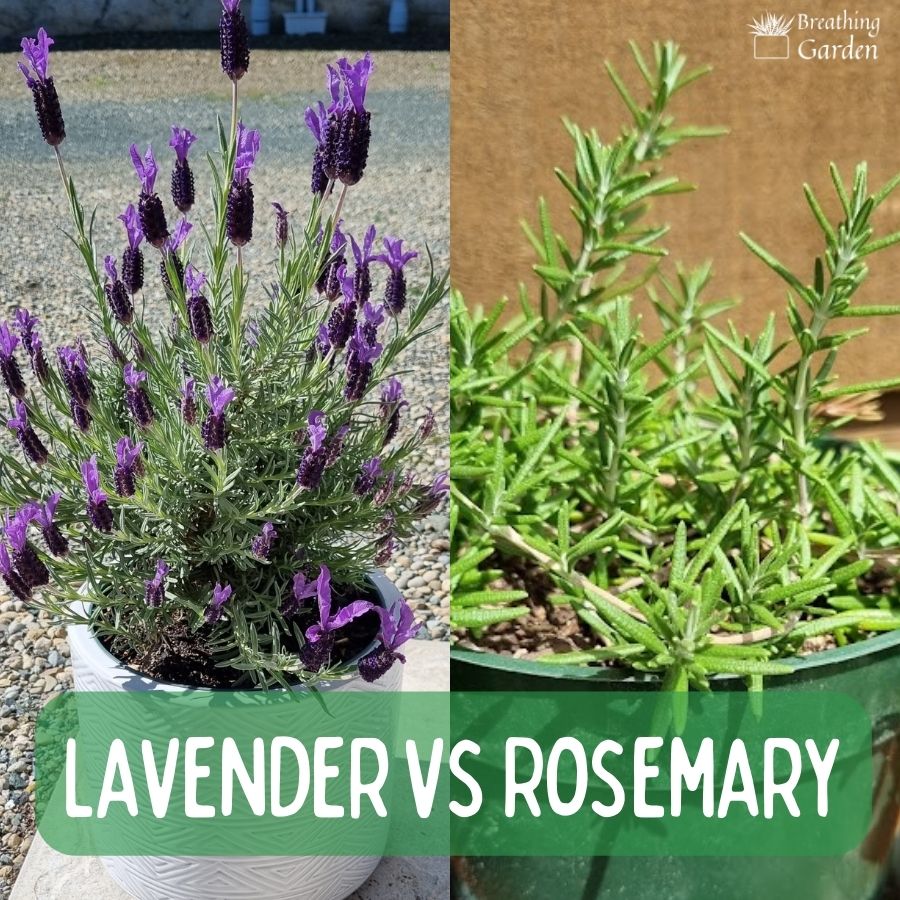The Ultimate Guide To Companion Planting
The Ultimate Guide to Companion Planting
Companion planting is a gardening practice that involves planting certain plants together to benefit each other. This can be done to improve the growth, health, and yield of your plants, as well as to deter pests and diseases.
There are many different benefits to companion planting. Some of the most common include:
- Improved growth and health: Companion plants can help to improve the growth and health of each other by attracting beneficial insects, providing nutrients, and suppressing pests and diseases.
- Increased yield: Companion planting can help to increase the yield of your crops by improving pollination and deterring pests.
- Reduced need for pesticides: Companion planting can help to reduce the need for pesticides by attracting beneficial insects and suppressing pests.
- Attracting pollinators: Companion plants can attract pollinators, such as bees and butterflies, which can help to improve pollination and increase the yield of your crops.
- Improving soil quality: Companion plants can help to improve soil quality by adding nutrients, suppressing weeds, and increasing the diversity of beneficial microorganisms in the soil.
If you're new to companion planting, there are a few things you need to know. First, you need to understand the basic principles of companion planting. These principles include:
- Plants with similar needs: Companion plants should have similar needs for sunlight, water, and nutrients. This will help to ensure that they both thrive in the same environment.
- Plants that benefit each other: Companion plants should benefit each other in some way. This could be by attracting beneficial insects, providing nutrients, or suppressing pests.
- Plants that don't compete: Companion plants should not compete with each other for resources. This means that you shouldn't plant two plants that have the same requirements in the same space.
Once you understand the basic principles of companion planting, you can start to plan your garden. There are many different resources available to help you choose the right companion plants for your garden. Some of the most popular resources include:
- The Companion Planting Handbook by James A. Duke
- The Vegetable Gardener's Companion by Louise Riotte
- The New American Gardener's Companion by Rosalind Creasy
Once you've chosen your companion plants, you can start planting them. When planting, be sure to follow the spacing recommendations for each plant. This will help to ensure that they have enough space to grow and thrive.
Companion planting is a great way to improve the health, yield, and beauty of your garden. By following the principles of companion planting, you can create a thriving garden that is both productive and beautiful.
Companion planting is a gardening technique that involves planting certain types of plants together to benefit each other. By understanding which plants are compatible, you can create a more productive and pest-resistant garden.
There are many different factors to consider when choosing companion plants, such as their water needs, sunlight requirements, and pest-repelling properties. For example, tomatoes and basil are often planted together because they benefit each other in several ways. Basil helps to repel tomato hornworms, while tomatoes provide shade for basil, which can be sensitive to the sun.
If you're new to companion planting, there are many resources available to help you get started. One great place to start is the Gardenia Inspiration. This website has a comprehensive database of companion plants, as well as tips on how to use them to create a successful garden.
FAQ of best plants to grow together
Q: What are some of the best plants to grow together?
A: There are many factors to consider when choosing plants to grow together, such as their sunlight requirements, water needs, and growth habits. However, some of the most popular and successful combinations include:
- Astilbe and hosta: These shade-loving plants complement each other well, with astilbe's airy flowers and hosta's large, textured leaves.

- Lavender and rosemary: These Mediterranean herbs are both drought-tolerant and full-sun lovers. They can be planted together in a pot or in the ground, and they will attract bees and butterflies to your garden.

- Coneflower and black-eyed Susan: These native wildflowers are both easy to grow and attract pollinators. They bloom in different colors, so you can create a beautiful, colorful combination.

- Zinnia and marigold: These annuals are both heat-loving and drought-tolerant. They come in a variety of colors, so you can mix and match to create a dazzling display.

- Coleus and impatiens: These shade-loving annuals are both easy to care for and have colorful foliage. They can be planted together in a container or in the ground, and they will provide a splash of color all summer long.

Q: How do I choose the best plants to grow together?
A: When choosing plants to grow together, there are a few things to keep in mind:
- Sunlight requirements: Make sure to choose plants that have similar sunlight requirements. For example, you wouldn't want to plant a sun-loving plant like lavender next to a shade-loving plant like hosta.
- Water needs: Also consider the plants' water needs. If you have a dry climate, you'll want to choose plants that are drought-tolerant. If you have a wet climate, you'll want to choose plants that are more water-loving.
- Growth habits: Think about how the plants will grow in relation to each other. For example, you wouldn't want to plant a tall plant next to a short plant, as the tall plant will eventually shade out the short plant.
- Color: If you're looking for a colorful combination, choose plants that have different colors of flowers or foliage.
Q: What are some of the benefits of growing plants together?
A: There are many benefits to growing plants together. For example:
- They can help each other out. Some plants can help to deter pests or diseases, while others can help to improve the soil quality.
- They can create a more visually appealing garden. When plants are grouped together, they can create a more cohesive and attractive look.
- They can save space. By planting multiple plants together, you can save space in your garden.
- They can be easier to care for. When plants are grouped together, it's easier to water and fertilize them all at once.
Q: What are some of the challenges of growing plants together?
A: There are a few challenges to growing plants together, such as:
- Competitive growth: Some plants can be more aggressive than others, and they may outcompete their neighbors for water, nutrients, and sunlight.
- Diseases and pests: If one plant in a grouping becomes sick or infested with pests, it can spread to the other plants.
- Overcrowding: If plants are too close together, they may not get enough air circulation, which can lead to problems with diseases and pests.
Q: How can I avoid the challenges of growing plants together?
A: To avoid the challenges of growing plants together, you can:
- Choose plants that have similar sunlight, water, and growth requirements.
- Space the plants out so that they have enough room to grow.
- Monitor the plants for signs of pests or diseases, and treat them promptly if necessary.
- Rotate the plants in your garden every few years to give them a fresh start.
Post a Comment for "The Ultimate Guide To Companion Planting"